Arctic Camels
Camels seem perfectly suited to life in the desert, but they may have evolved those traits in the high Arctic.

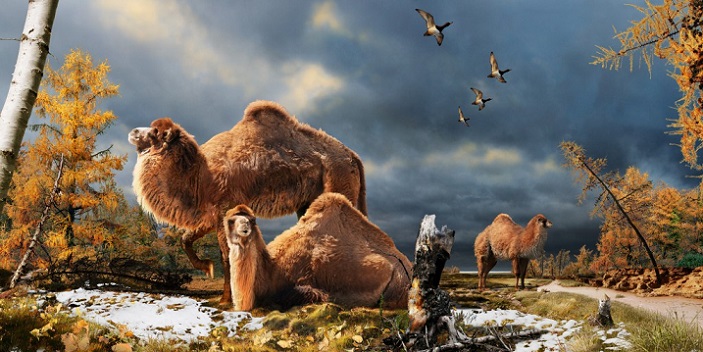
Camels seem perfectly suited to life in the desert, but they may have evolved those traits in the high Arctic.
Champions of endurance, sled dogs can run for over a thousand miles without fatigue.
Stressing out plant cells can coax them into revealing medically-useful chemistry.
No other creatures match insects when it comes to sheer numbers of migrating animals.
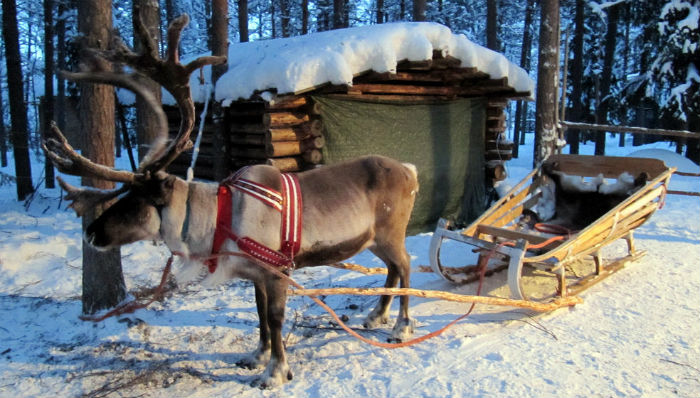
Most mammals have internal clocks that regulate their daily cycles, but not reindeer.

Reindeer can detect ultraviolet light, which may help them survive dark Arctic winters.

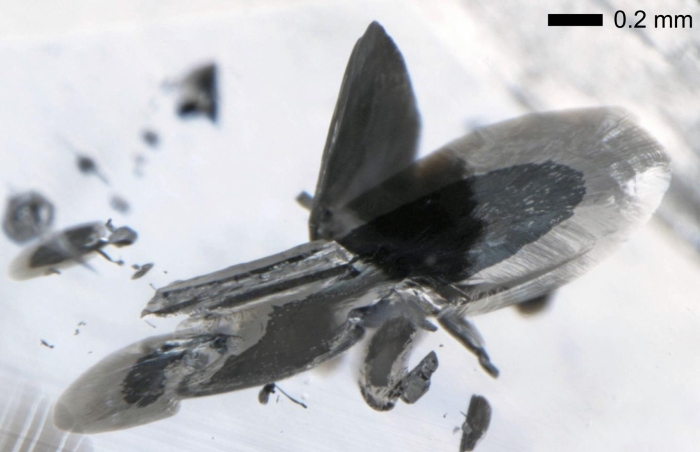
The world’s biggest diamonds are helping scientists uncover the secrets of earth’s deep mantle.
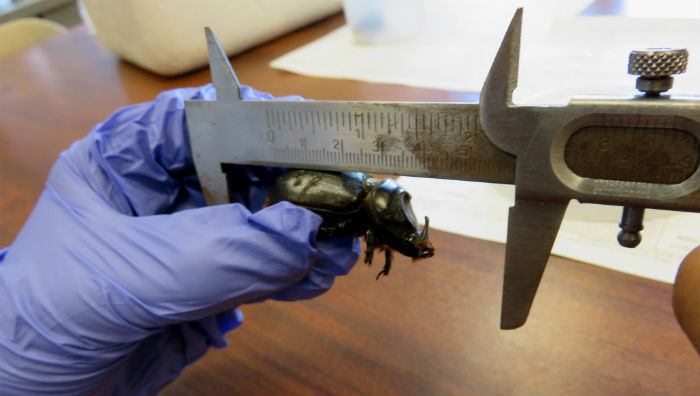
In a race against time, scientists attempt to stop an insect invader by using its own sounds.



Researchers develop the first fast-acting antidote for carbon monoxide poisoning.
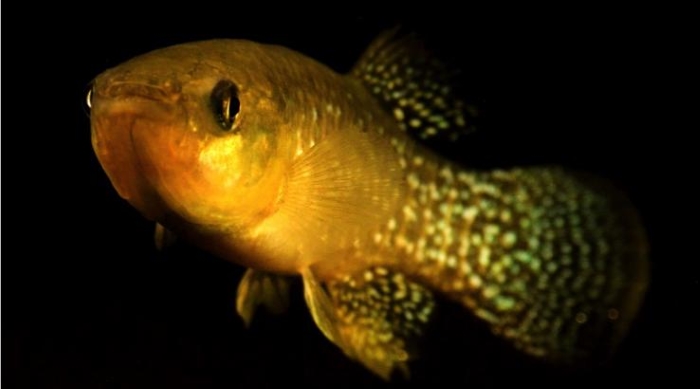


A Science Update listener asks if sitting too close to the television can hurt your eyes.

In a special issue of Physics Today, scientists speculate about the physics of the 22nd century.

Could teenage binge drinking have effects on the next generation, even if they’re never exposed to alcohol?
Scientists demonstrate a new process for harvesting and utilizing carbon dioxide.


Why you sometimes feel a cold coming on, only to have the symptoms disappear the very next day.



Astronomers calculate the distance to the furthest stars by comparing them to stars they know.
